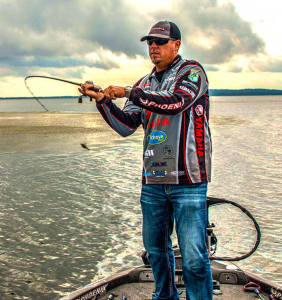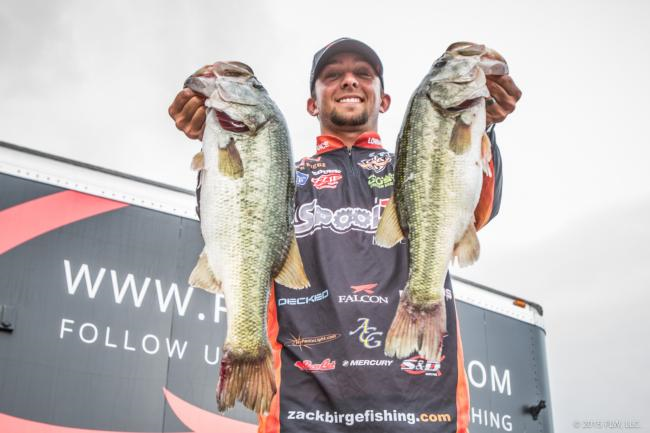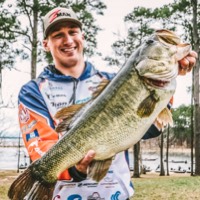- BassEdge.com - Pursue Your Passion
Crank It Up! By Aaron Martin

THE EDGE – Episode 224 – Russ Lane
January 15, 2016
THE EDGE – Episode 225 – Zack Birge
February 1, 2016Studies indicate that crankbaits are the top lure choice for bass anglers. In fact, when looking into your tackle boxes and those of your fellow anglers you will most likely notice they own more crankbaits than any other bait category.
Why is this? Perhaps it is because they realistically mimic a baitfish, cover a lot of water, or can be used in multiple water conditions and times of year.
However, there are important factors to consider when attempting to elevate your crankbait fishing knowledge.
For instance, all crankbaits are not created equal. Have you ever noticed how some of your crankbaits run straight and true while others require tuning and constant attention? If you were to pull a dozen identical baits off of the shelf at your favorite tackle store and further examine their construction you will quickly realize subtle differences. Some have lingering blemishes or ridges on the seams where the two halves of the body is connected and required modification or sanding. Others may have excessive paint or drips in the topcoat. And finally, the point at which the diving lip or “bill” attaches to the body presents another opportunity for error in production. All of these factors may have an effect on how the bait travels through the water and can be quickly identified prior to spending your hard-earned money. Simply, pick out the baits that pass your pre-purchase inspection.
In addition, all crankbaits require hooks. Each manufacturer is partial to a particular style and brand of hook that brings with them differences in wire diameter, length of hook shank, and the bend of the hook. Most crankbaits used for bass, employ a size 2, 4, or 6 hook. Experimenting with and changing out the factory-installed hooks is a great way to add subtle improvements to the action of the crankbait. One rule of thumb is the larger the bait and wider the wobble, the broader range for experimentation. Conversely, the smaller, more precise engineered baits have fewer hook options. Always remember, just because the bait is packaged with a particular hook doesn’t necessarily mean it is the absolute best choice.
A great way to test new or existing crankbaits and ensure proper tuning is at a swimming pool. It provides a controlled environment that will facilitate your total concentration on the task at hand. In addition, the water clarity and ease of movement about the pool, allows you to quickly determine those baits that need modification or tuning, those that are tuned properly, and those baits that are better served for Christmas ornaments. The time devoted to testing your crankbaits will pay huge dividends with respect to tackle management and confidence, ultimately increasing your success.
The term “favorite bait” has little to do with the brand or color of the crankbait and everything to do with the results it yields on the end of your line. It is no coincidence your favorite bait happens to be the one that has produced consistent results. Whether you realize it or not, your favorite bait has everything in sync. By knowing what to look for beyond brand and color when purchasing a crankbait as well as experimenting with hook sizes and following up with testing, you will no doubt see a change in your crankbait fishing!


